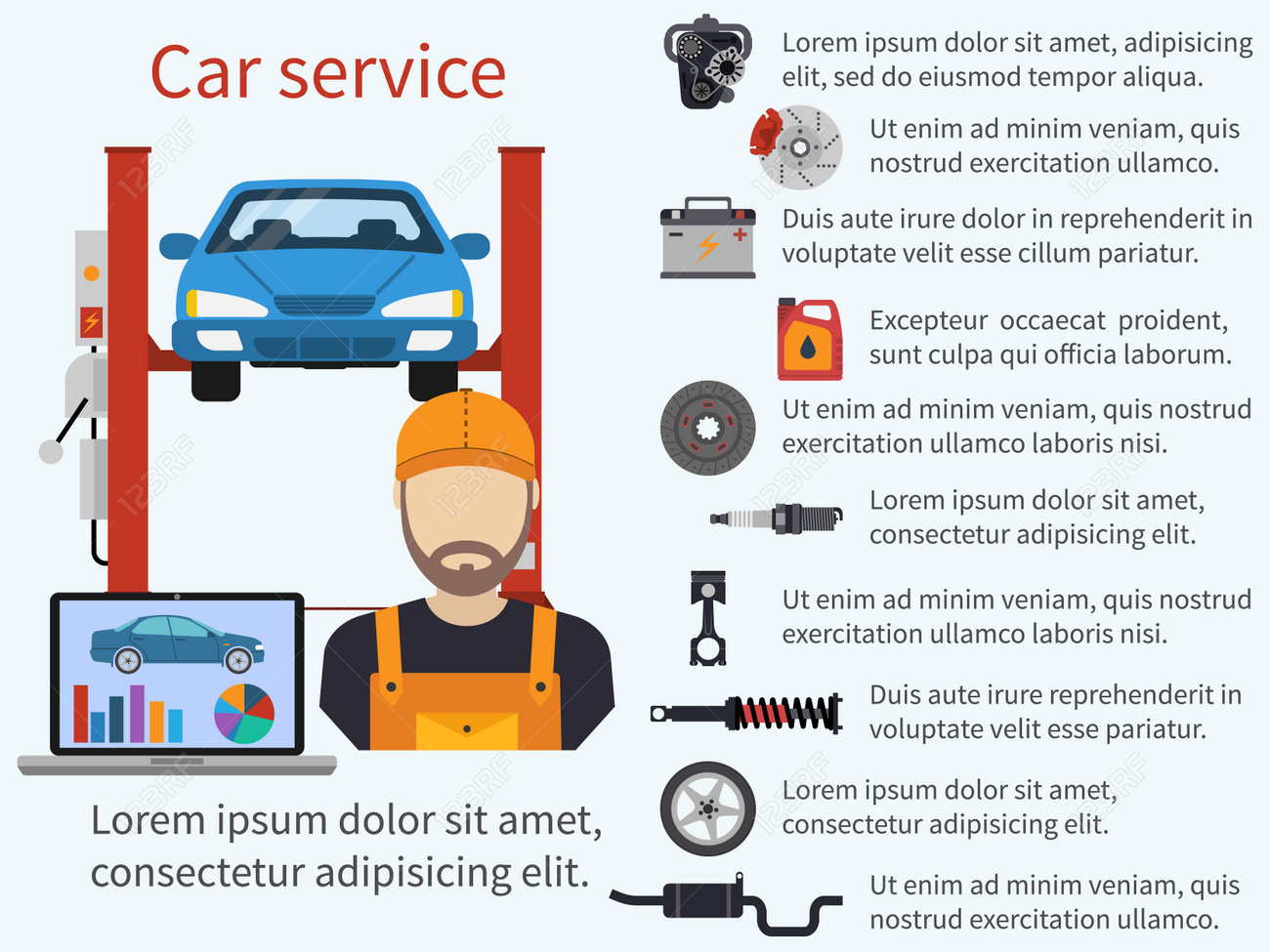Learn To Analyze Car Caution Lights And Address Possible Troubles With Assurance
Learn To Analyze Car Caution Lights And Address Possible Troubles With Assurance
Blog Article
Authored By-Guy Corbett
When you're behind the wheel, those little warning lights on your car's dashboard can be rather puzzling. What do they suggest, and should you be worried? Comprehending these signals is essential for your automobile's wellness, however it doesn't need to be a difficult job. By decoding the secret behind each light, you'll be equipped to take care of potential issues effectively and maintain your auto running efficiently. So, next time a caution light flashes, do not panic - arm yourself with expertise and take control of the situation.
Importance of Automobile Caution Lights
Comprehending the relevance of your car's warning lights is crucial for maintaining your lorry's health and wellness. These lights act as your cars and truck's communication system, notifying you to potential issues that could endanger your security when driving or cause pricey repair services if neglected. By paying attention to these cautions, you can resolve troubles early and stop further damage to your lorry.
Neglecting warning lights can lead to major consequences, such as engine failure, brake breakdowns, or even mishaps. These lights are designed to alert you of concerns varying from reduced tire stress to engine malfunctions, offering you the opportunity to act before the circumstance worsens. Routinely inspecting and understanding these warnings can conserve you time, cash, and ensure your safety while driving.
Along with maintaining you secure, reacting without delay to alerting lights can additionally help prolong the lifespan of your car. By resolving problems at an early stage, you can prevent tiny issues from escalating right into major fixings, ultimately conserving you money and time over time. Remember, your vehicle's warning lights are there for a factor - don't ignore them!
Common Warning Lights and Meanings
When it pertains to driving your car, knowing usual caution lights and their definitions is essential for your safety and security and automobile upkeep. Here are a couple of typical warning lights you may come across:
1. ** Examine Engine Light **: This light shows a problem with your engine. Maybe something small like a loosened gas cap or something a lot more serious like engine misfiring.
2. ** Battery Light **: This light signals a problem with your auto's billing system. It might show a malfunctioning battery, alternator, or other associated components.
3. ** Oil Stress Light **: When this light begins, it indicates your engine might be running low on oil or experiencing low oil stress, which can cause engine damage otherwise addressed without delay.
4. ** Brake System Light **: This light shows a concern with your stopping system. It might mean low brake fluid degrees or a trouble with the brake system that calls for instant attention.
Understanding these usual caution lights will aid you determine potential problems early on and stop more substantial troubles down the road.
Just how to Respond to Warning Lighting
In case a caution light illuminates on your automobile's control panel, it's crucial to respond immediately and appropriately. When a caution light comes on, the primary step is to consult your owner's manual to understand the particular issue suggested by the light.
Some lights require instant focus, while others may suggest a less immediate issue. If the caution light is red or blinking, it's commonly a sign of a severe issue that requires prompt activity. In such situations, it's suggested to pull over safely, shut off the engine, and look for specialist aid.
For yellow or orange warning lights, while they may not require instant interest, it's still crucial to resolve the underlying issue without delay to stop further damages. Normal upkeep and inspection can assist avoid alerting lights from beginning all of a sudden.
read page
To conclude, understanding your car's caution lights is essential for maintaining your car's health and wellness. By on a regular basis examining and replying to these warnings, you can address potential issues early and protect against expensive repairs or safety and security dangers. Bear in mind to consult your owner's guidebook for information on various caution lights and constantly take prompt activity for red or flashing lights. Remain proactive and maintain your cars and truck running smoothly!
